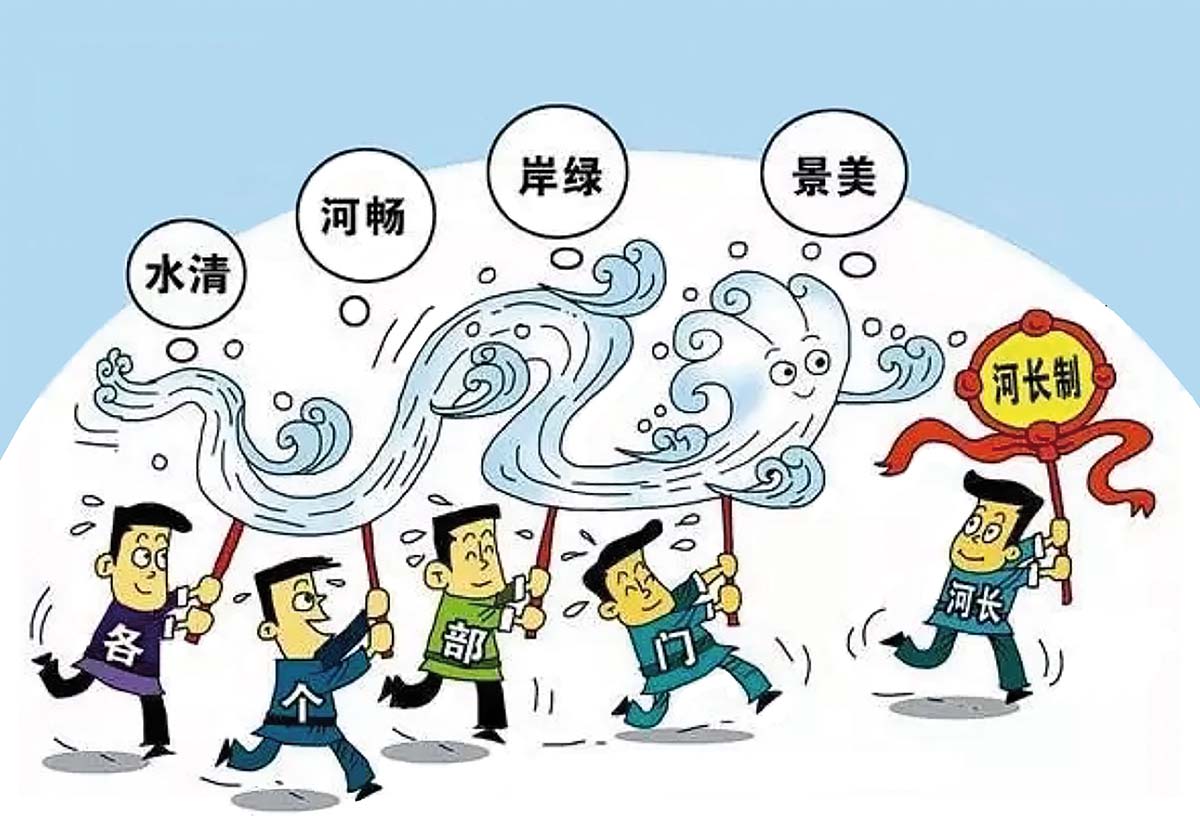Chinese rulers have long understood the critical importance of water in ensuring social stability and their own political longevity. The fight with water in China can be traced back 4000 years, when Yu the Great of the Xia Dynasty is said to have tamed the Yellow River. In contemporary times China has become known as a water conservation giant. 1
It has the most dams in the world, the largest hydropower project (the Three Gorges Dam), and the largest inter-basin water diversion scheme (the South-to-North Water Transfer Project). 2 The focus of these engineering projects is finding solutions to water supply. While these solutions have to some extent addressed water security problems, they are not only expensive but have also caused profound social-environmental impacts. 3 Pollution also remains a key driver of water insecurity and has proved in the past to be an intractable problem. According to China’s Environmental Protection Law, the local government is responsible for the environmental governance within their jurisdictions. While the Water Conservation Department supervises and manages water resources in general and the Environmental Protection Department is responsible for water pollution control, several other departments—e.g., the Housing and Construction, Agriculture, Forestry, Development and Reform, Transportation, Marine and Fishery—participate in the water-related management within their respective responsibilities.
This situation in which the responsibilities for water management are divided into various jurisdictional areas and engaged government agencies was termed as “nine dragons ruling the waters”, which is often seen as the root cause of unsatisfactory results in water governance.
In response to current failures, in 2016, the central government required the full establishment of the River (Lake) Chief System (RCS) across the country. Under the RCS, the top officials at different levels of government are appointed as river or lake chiefs within their jurisdiction. The RCS was actually first introduced in Wuxi Prefecture, Jiangsu Province. In 2007, Wuxi was severely affected by a microcystis bloom in Lake Taihu, 4 leaving more than two million people without clean drinking water. To deal with the water pollution crisis, the Wuxi government listed water quality of the river/lake sections flowing into Lake Taihu as one of the performance evaluation criteria for local officials. Such a system achieved immediate results in improving water quality in Wuxi and was thereafter quickly promoted to the entire Lake Taihu Basin. By the end of 2018, the RCS was established throughout China: there are now more than 300,000 river chiefs at the provincial, municipal, county, and township levels, and nearly one million river chiefs at the village level. 5
How does the RCS work? Figure 1 not only shows how the RCS addresses the ‘nine dragons ruling the waters’ problem, but also shows the key expected outcomes of such a system: clean water, clean rivers, greener riverbanks, and a more beautiful landscape. The four cartoon figures represent different local departments as a lion dancing team following the River Chief’s rhythms and beats. The RCS allows the River Chiefs to maximise monetary and personnel resources within their jurisdiction, particularly in mobilising all local officials and departments to work together as a joint force to manage the lakes and rivers, resulting in the ‘nine dragons’ working for one immediate boss.

Fig. 1: China's river chief system. Courtesy CSRCARE.
While the RCS lays the full responsibility of water pollution and other related issues with River Chiefs in their jurisdiction areas, the River Chiefs’ performance is managed by the top-down target responsibility system of China’s Party-state. 6 The River Chief of the higher-level government evaluates the performance of their lower-level River Chiefs based on whether the water quality along the river sections meets pre-determined targets. These ‘hard’ targets and other accountability mechanisms are an important driving force for motivating River Chiefs to commit to water protection.
It is too soon to fully evaluate water quality improvements resulting from this system. However, an increasing number of rivers and lakes in China have improved their water quality ‘grade’, and since the implementation of the RCS, the proportion of water bodies with high water quality has increased. It also seems, however, that the RCS has had uneven results: wealthier regions and regions with stricter environmental restrictions have seen better outcomes from this system and more effective water pollution control.7 The RCS enables River Chiefs to mobilise extraordinary administrative resources in a short time, but the sustainability of these results is yet unknown.
Local officials are clearly being made more accountable for local river management. River Chiefs themselves, however, can have limited knowledge about integrated river, catchment, and basin management. Such knowledge gaps may inhibit the RCS’s efficacy. The RCS is still in its early stage of development: ongoing evaluation is needed of its long-term effects on China’s water pollution and ecological restoration.
Mark Wang, Centre for Contemporary Chinese Studies, The University of Melbourne, myw@unimelb.edu.au
Nahui Zhen, Centre for Contemporary Chinese Studies, The University of Melbourne, nahui.zhen@unimelb.edu.au